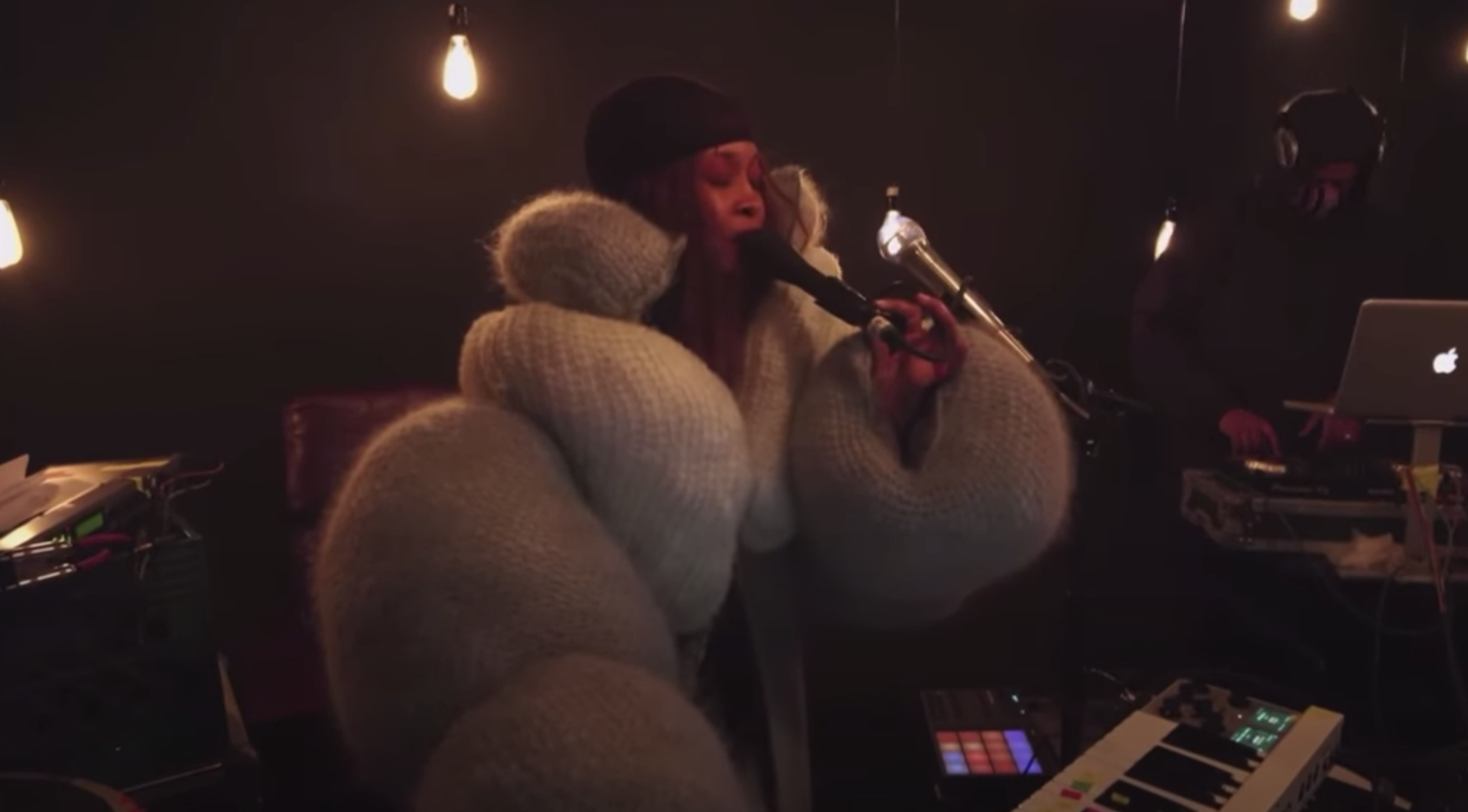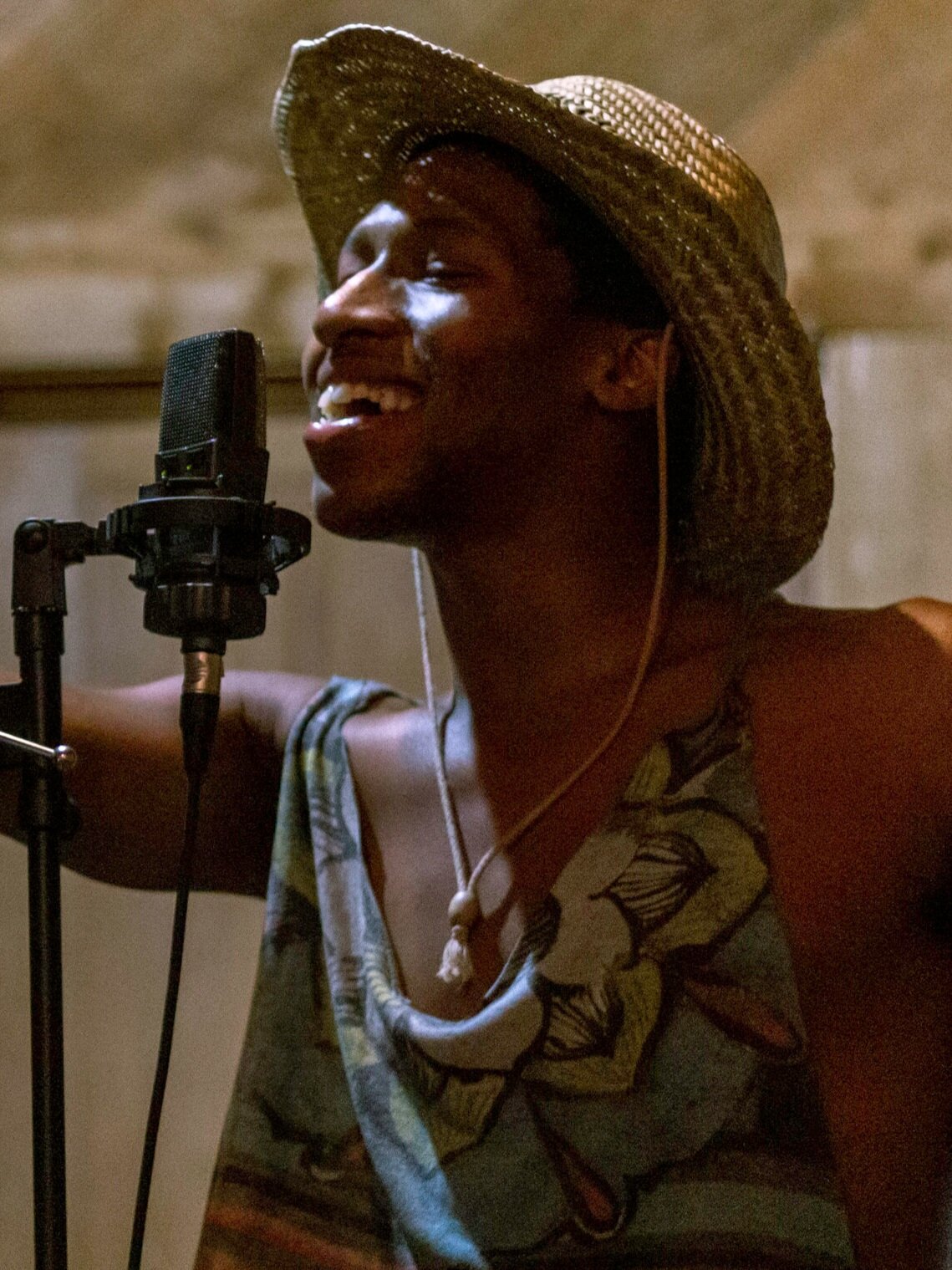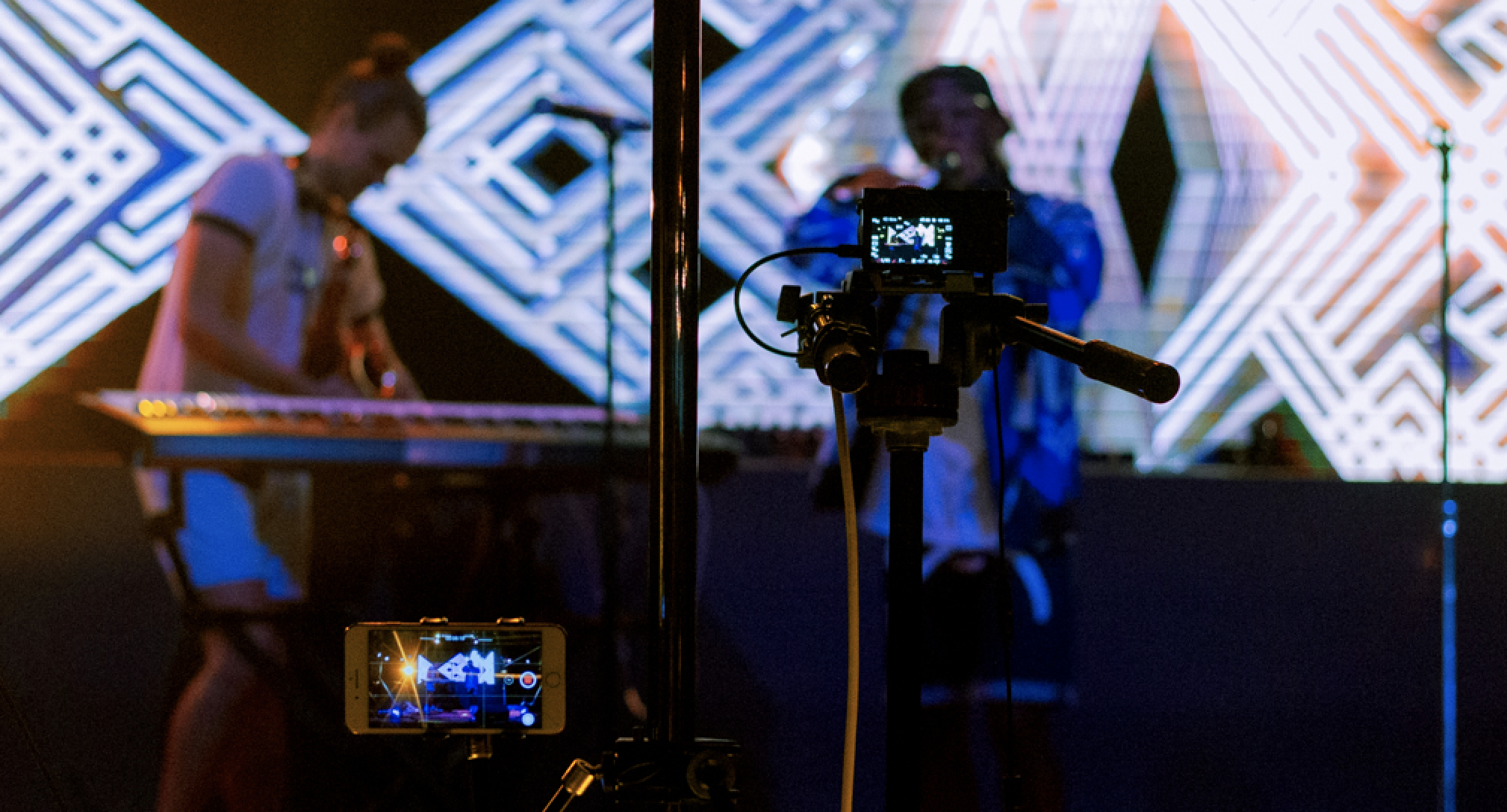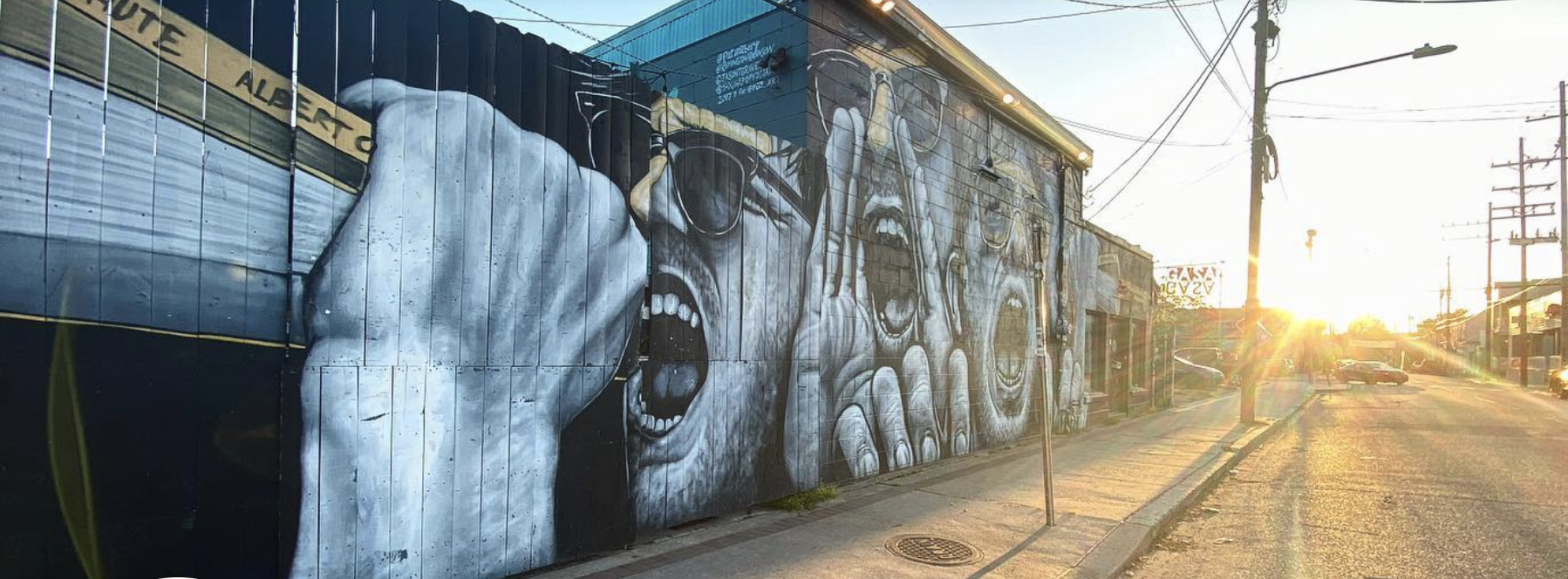Sleep Habits Makes His Bedroom Sound Good
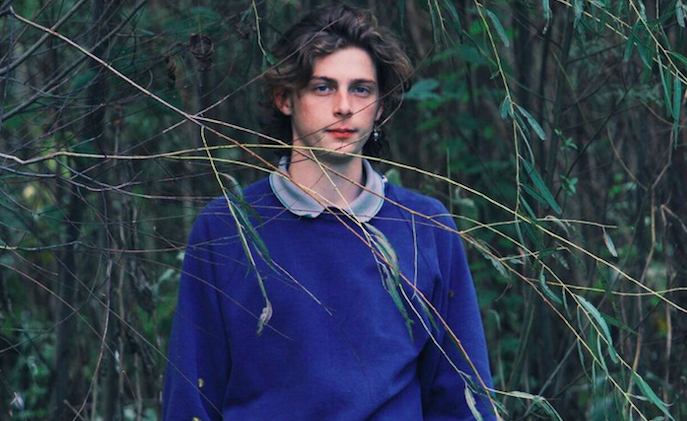
Sleep Habits
The Baton Rouge-based indie artist shows that live streams can accurately represent a band’s sound.
My phone lit up with another notification. So-and-so was going live on Instagram. Again. Another intimate performance hampered by a poor wi-fi connection and an iPhone mic. Musicians, like many artists, are keeping busy in isolation, writing and recording, but it has been hard to stay relevant without the live experience. New singles, live streams, and regular content have helped Baton Rouge-based artist Sleep Habits stay relevant during this quarantine.
Sleep Habits is the solo project of Alan Howard, a Louisiana native who has been making his own brand of indie-alt dream pop for a few years now. His music sounds like if Mac DeMarco made music like Porches and sang like Ty Segall, but in his bedroom, with cold synths complimenting warm, drippy guitar, and vocals run through an amp with the reverb all the way up. Howard is the sole singer and songwriter of the project, but he is often supported by a live band. With his band members dispersed by the pandemic though, he has returned to his solo roots, recording demos out of his bedroom and, now, live-streaming from there too.
Howard’s recent YouTube live-streamed concert stood out because it represented his sound. His music deserves more than iPhone microphone quality, and that’s what Howard delivered., much to his fans’ appreciation.
“The main response I got from it was having it make people’s day better, which is all I could ask for,” he says.
According to Howard, live streaming might not be the best way to stay relevant for indie bands because no one’s quite figured out how to make it a feasible business model yet. What live streams are good for, though, is building credibility. It’s a step that indie bands can take to cement themselves as serious musicians. Howard’s motivation wasn’t that high-minded.
“The live stream was something I thought would be fun, so I just figured it out,” he says. “It was fun. It’s a good opportunity for bands out of work to make some money, but I don’t think it’s the most important thing for me. I kinda got that [performance] itch scratched from that too. I still felt the same nerves I would playing a show in front of an audience. It was kinda funny, but it was just me in my room. It was cool though, reading all the comments while I was playing.”
If nothing else, a live-streamed show is how an indie musician says, Despite everything, I’m still here and I am serious enough to keep playing. Howard not only demonstrated that, but he showed that they can sound good. Howard uses OBS, a free media encoder that anyone can download. From there, any old audio interface will do. Just plug it in, click around a little in the OBS settings, and there you go, he says.
Howard’s setup was simple: “I just had the mic set up for the vocals and I mic'd my amp and that was about it.” When faced with the problem of hooking up his drum machine, he ran it straight through his amp. Hi-fi is not that difficult to pull off it seems, and it elevates an artist from a recreational songwriter to someone who is willing to put in the time and energy to showcase their music and make it more immersive. Live-streaming these days has to replace live music, and though it is easy to just open up a laptop and strum some chords, that doesn’t always represent the artist well.
With venues closed, it is hard for unsigned bands to support anything they release. Still, some have started to host live-streamed shows—something Howard would like to see happen more. The sound could be taken straight from the front-of-house to give the shows better sound. “It’d give sound engineers some work back, give some artists the chance to play, get a nice recording of their set.” he says. “I hope that starts happening.”


